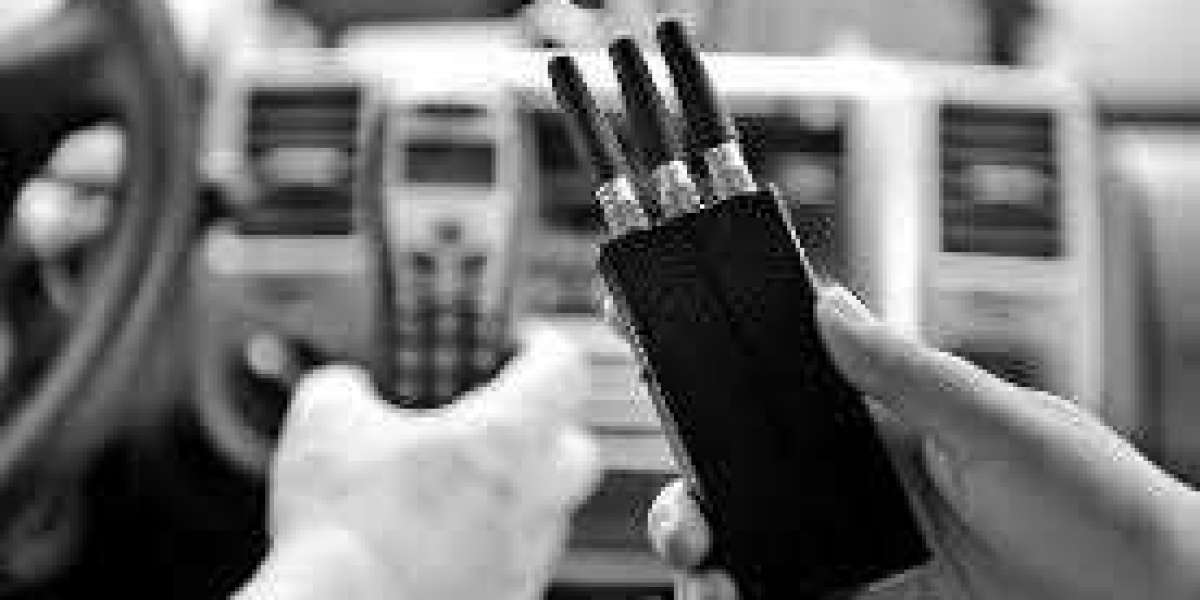Menstruation is a natural part of life for many individuals, yet it often comes with challenges that can impact physical activity and overall fitness. Understanding how to navigate these challenges can empower women to maintain their fitness levels during their menstrual cycle. In this article, we will explore effective strategies for staying active, the benefits of exercise during menstruation, and tips for tailoring workouts to meet individual needs.
What are the types of Menstrual Pain?
Primary Dysmenorrhea refers to common menstrual cramps that are not associated with any other medical condition. They usually begin one to two days before menstruation and last for two to four days.
Secondary Dysmenorrhea, a type of pain is caused by underlying reproductive health issues, such as endometriosis, fibroids, or pelvic inflammatory disease. This pain often starts earlier in the menstrual cycle and lasts longer than primary dysmenorrhea.
Staying Active During the Menstrual Phase
Choose Gentle Activities, Opt for low-impact exercises such as walking, yoga, or light stretching. These can help reduce cramps and provide comfort without overexerting the body. Listen to Your Body, Pay attention to how you feel. If you're experiencing significant discomfort, consider taking a rest day or engaging in very light activities.
Staying Active During the Follicular Phase
Increase Intensity Gradually, as energy levels rise, gradually incorporate more strenuous workouts. This is an excellent time for strength training, cardio, and high-intensity interval training (HIIT). Set Goals, Use this phase to set and pursue fitness goals, taking advantage of the surge in motivation and energy.
A Note on Supplements
Some studies suggest that magnesium may help reduce menstrual pain. Consider foods rich in magnesium (like nuts, seeds, and leafy greens) or talk to your healthcare provider about supplements.
Omega-3 Fatty Acids, Found in fish oil, these may help reduce inflammation and alleviate pain. Some research indicates that thiamine may help reduce menstrual pain.
Over-the-Counter Remedies and Stress Management
Nonsteroidal anti-inflammatory drugs (NSAIDs) like ibuprofen or naproxen can be effective in managing pain and reducing inflammation.
Some people find relief with herbal supplements like ginger or cramp bark, though it's wise to consult with a healthcare provider before starting any new remedy.
Practices such as meditation, deep breathing exercises, or progressive muscle relaxation can help manage stress and reduce pain perception. Ensuring you get enough restful sleep can significantly impact how you handle pain.
How Long-lasting protection pads plays a role in Managing Painful Periods?
Long-lasting pads are designed to absorb more fluid, providing greater protection against leaks during workouts or daily activities. This allows individuals to focus on their fitness without worrying about potential accidents.
Many long-lasting protection pads are designed to be thin and flexible, making them more comfortable to wear while exercising. This is essential for activities that require a lot of movement.
Nutrition Tips for Staying Active
Dehydration can worsen cramps and fatigue. Aim to drink plenty of water, especially during workouts.
Incorporate a balanced diet rich in fruits, vegetables, whole grains, and lean proteins. Foods high in iron, such as spinach and legumes, can help replenish levels lost during menstruation.
High sugar and caffeine intake can exacerbate mood swings and bloating. Opt for healthier alternatives when craving a snack.
Track Your Cycle and Stay Mindful of Symptoms
Use apps or journals to track your cycle and how your energy levels fluctuate. This can help you plan workouts that align with your body’s rhythms.
If you experience severe cramps, fatigue, or other symptoms, it’s okay to modify your routine or take a break. Gentle movement can often help alleviate symptoms.
Empowering Individuals and Encouraging Supportive Environments
When menstruation is discussed openly, individuals are more likely to feel empowered to seek help or resources when they experience problems, whether physical or emotional.
Creating spaces—at home, in schools, and workplaces—where menstruation can be discussed without judgment encourages a supportive atmosphere, helping those who menstruate feel valued and understood.
Benefits of Exercise During Menstruation
Exercise releases endorphins, which act as natural painkillers, helping alleviate menstrual cramps and discomfort.
Physical activity can combat mood swings and anxiety, promoting a sense of well-being. While fatigue is common during menstruation, gentle exercise can help increase energy levels.
Regular exercise supports cardiovascular health, weight management, and overall fitness, which is beneficial throughout the menstrual cycle.
When to Seek Medical Attention
It is essential to recognize when menstrual pain may signal a more serious underlying condition. If you experience any of the following, consider consulting a healthcare provider: Severe pain that disrupts daily activities Changes in menstrual patterns Pain accompanied by heavy bleeding or unusual discharge
Conclusion
Menstruation should not be a barrier to maintaining an active lifestyle. By understanding the phases of the menstrual cycle and how they affect energy and mood, individuals can tailor their fitness routines to suit their needs. With the right approach, exercise can be an empowering tool to enhance physical health and well-being throughout the month.



